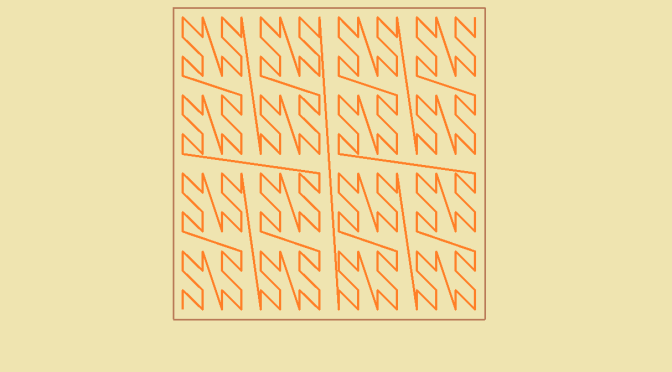Introduction
We aim at defining a continuous function \(\varphi : [0,1] \rightarrow [0,1]^2\). At first sight this looks quite strange.
Indeed, \(\varphi\) cannot be a bijection. If \(\varphi\) would be bijective, it would also be an homeomorphism as a continuous bijective function from a compact space to a Haussdorff space is an homeomorphism. But an homeomorphism preserves connectedness and \([0,1] \setminus \{1/2\}\) is not connected while \([0,1]^2 \setminus \{\varphi(1/2)\}\) is.
Nor can \(\varphi\) be piecewise continuously differentiable as the Lebesgue measure of \(\varphi([0,1])\) would be equal to \(0\).
\(\varphi\) is defined in two steps using the Cantor space \(K\). Continue reading A curve filling a square – Lebesgue example

